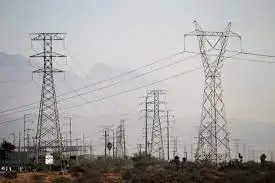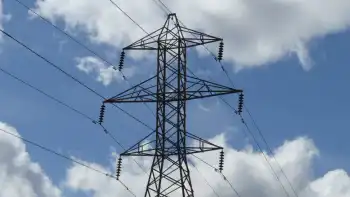PSC approves clean-coal power plant in Clark
The Kentucky Public Service Commission approved the plant, which will generate 278 megawatts. It will be accompanied by five 90-megawatt gas-fired units that also were approved for the J.K. Smith Power Station at Trapp. The site already has seven gas units.
The PSC said the company needs the plant to meet growing demands for electricity.
East Kentucky Power still needs approval from the federal Rural Utility Service and the Kentucky Division for Air Quality, company spokesman Kevin Osbourn said. The air permit application will be filed in September, he said.
Construction of the plant, if it wins final approval, is expected to be an economic boon to Clark County.
About 700 people would be employed during construction. Afterward, 60 people would operate the plant.
Construction is expected to generate $1 million in payroll taxes. Local officials say it will mean tens of millions of dollars for motels, restaurants and other parts of the county's economy.
The plant will burn Kentucky coal. It will use a technology called circulating fluidized bed, which burns coal more cleanly than conventional equipment without extensive scrubbers and other pollution-control equipment.
Plans for the plant were announced shortly after a proposal was scrapped for a 540-megawatt plant that would have turned coal and pelletized garbage from New York and New Jersey into gas that would be used to generate electricity. That plant also would have been at the Smith Station.
Gas-fired units are used only during peak periods.
East Kentucky Power supplies 16 member electric cooperatives and will begin supplying a 17th, Warren Rural Electric Cooperative, in 2008.
The Smith plant is expected to be completed early in 2010.
Related News

Romania enhances safety at Cernavoda, IAEA reports
BUCHAREST - The International Atomic Energy Agency (IAEA) said yesterday that the operator of Romania’s Cernavoda nuclear power plant had demonstrated "strengthened operational safety" by addressing the findings of an initial IAEA review in 2016. The Operational Safety Review Team (OSART) concluded a five-day follow-up mission on 8 March to the Cernavoda plant, which is on the Danube-Black Sea Canal, about 160 km from Bucharest.
The plant's two 706 MWe CANDU pressurised heavy water reactors came online in 1996 and 2007, respectively.
The OSART team was led by Fuming Jiang, a senior nuclear safety officer at the IAEA.
"We saw improvements in key…





